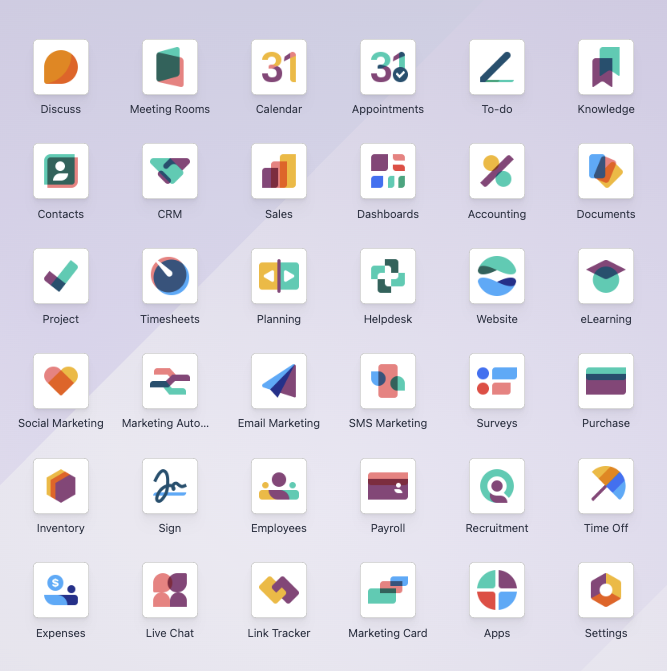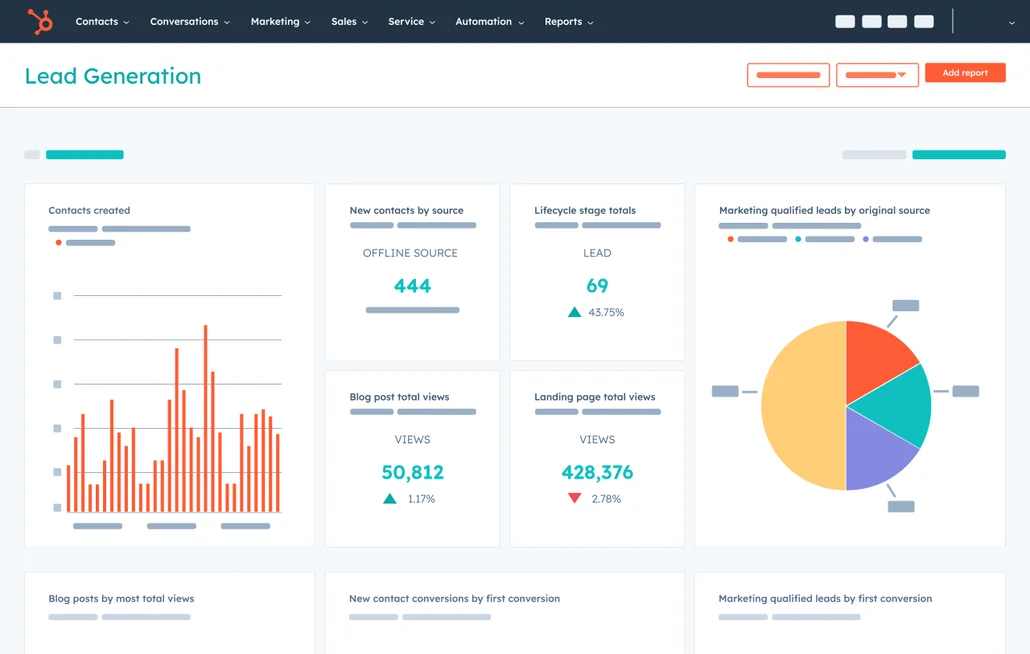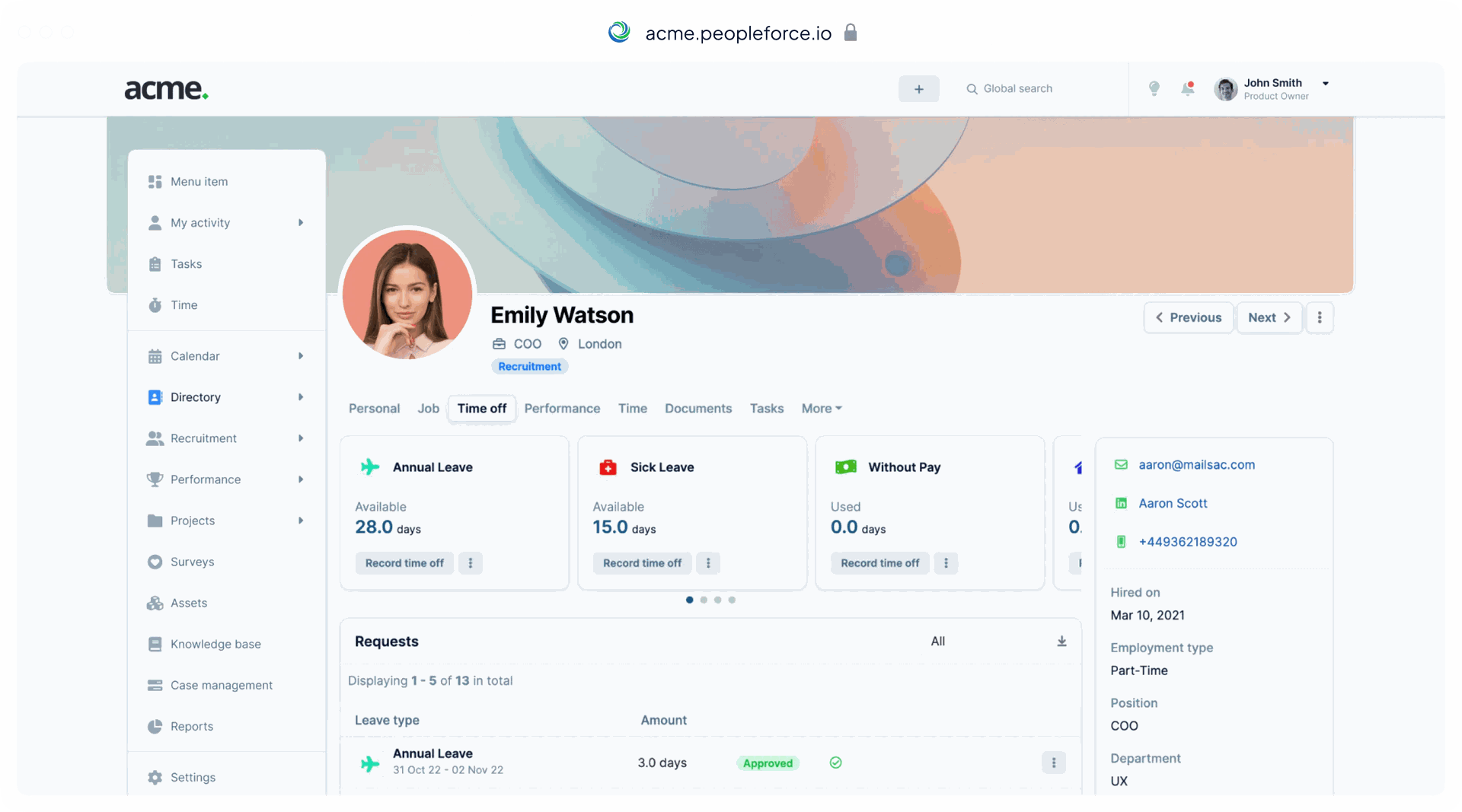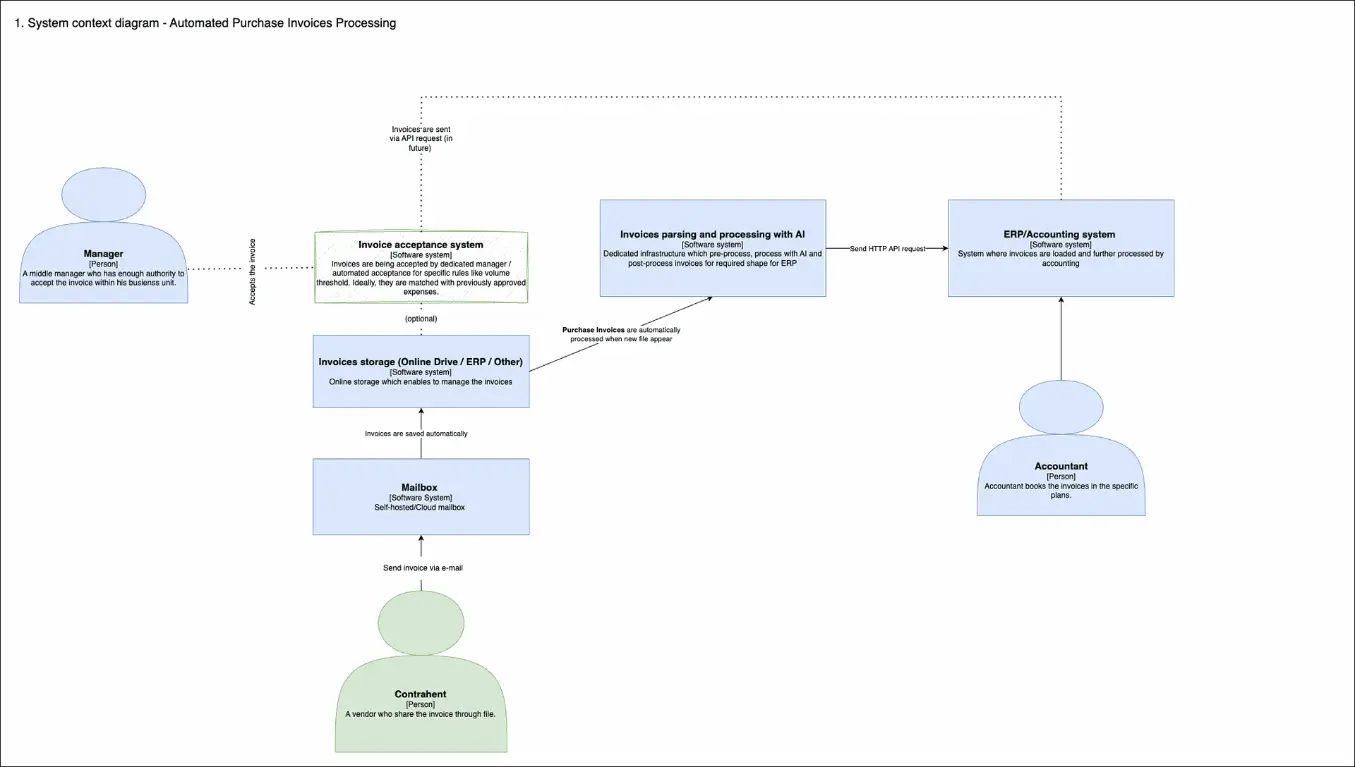What Is IT Systems Integration?
Eliminating data silos by seamlessly connecting systems like ERP, CRM, or ATS.
IT systems integration is the process of connecting different IT applications into one cohesive ecosystem, allowing for smooth data flow and collaboration between tools such as ERP, CRM, accounting systems, and HR platforms. It reduces manual work and ensures that all systems hold consistent information about clients, orders, and employees. While it differs in purpose from business process automation, both approaches often rely on similar tools to achieve their goals.
Key aspects of successful IT systems integration include:
- Automating data flows (minimizing manual entry)
- Eliminating duplication and inconsistencies
Unifying user interfaces
- Creating a single source of truth within the organization (n). Integrations are achieved using methods like APIs, enterprise service buses (ESB), or shared databases—ensuring that all apps work together as a single system.
When done right, IT systems integration significantly improves operational efficiency. It streamlines business processes (e.g., a customer order goes straight into fulfillment with no delays or errors), lowers operating costs (by removing redundant tools and actions), and enhances decision-making thanks to centralized, up-to-date information (concur).
Assess based approach for you in free consultation with our expert
Integrated systems help organizations increase accuracy, enforce process consistency, and scale operations more effectively. In today’s digital economy, successful IT systems integration is not just a competitive advantage—it’s often a requirement to stay relevant. (bpc-guide.pl).
Which IT Systems Should Be Integrated?
ERP (Enterprise Resource Planning)
CRM (Customer Relationship Management)
Accounting & Finance
HRM (Human Resource Management)
Project Management
Modern businesses rely on multiple specialized IT tools, which is why integrating these systems is critical to managing operations efficiently. Linking ERP, CRM, finance, HRM, and project tools eliminates data silos and offers a unified view of the business. Below we explore which systems are most commonly integrated, why they matter, and how they drive real benefits. We also cover their impact across various industries and highlight best practices for implementation.
- ERP – The Central Hub for Operational Data: ERP systems consolidate critical functions like finance, procurement, production, and logistics. An integrated ERP automatically transfers data between its own modules—for example, sales order details can flow directly into the accounting module, removing the need for double entry and reducing errors. Example ERP: Odoo

- CRM – Connecting Customer Insights to Business Operations - CRM systems manage customer relationships by tracking interactions, preferences, and purchase history. ERP, on the other hand, manages stock levels, logistics, and finances. CRM-ERP integration bridges the gap between front-office and back-office operations—linking customer demand with internal supply chains. This gives sales teams access to real-time inventory data and helps operations better understand client needs, streamlining the entire process from marketing to delivery. Example CRM: HubSpot

- Finance & Accounting – Real-Time Control Across the Business - the financial and accounting system manages transactions, invoices, payments, budgets, and financial reporting. When integrated with other IT systems, it ensures real-time financial control over business operations. A finance module integrated with ERP automatically receives data from other parts of the business—for example, a sales order or invoice issued in the CRM is instantly recorded in accounting. This minimizes delays, avoids errors, and ensures consistency. Modern ERP systems also offer tools to verify financial data integrity, reducing mistakes and improving the accuracy of accounting records. This means the company's financials are always up-to-date, and reports can be generated automatically using data from a centralized source—eliminating data silos and improving decision-making.
- HRM – Human Resource Data Connected Across the Company - these systems store and manage employee data, payroll, leave, working hours, and recruitment. Integrating HRM with ERP links people data with the rest of the business ecosystem. Automating payroll and workforce-related processes saves time and reduces the risk of payroll errors or inaccurate time tracking. A shared data source enables better business process automation and resource planning. Managers can easily allocate people to projects, monitor workloads, and track development paths. Experts note that integrated HR management boosts administrative efficiency, helps organizations forecast talent needs more accurately, and increases overall employee engagement. Example HRM System: PeopleForce

- Project Management Systems – Unifying Operations and Delivery Project management software—used to plan and track tasks, timelines, and resources—is especially critical in project-based industries and professional services. When integrated with ERP, project tools give complete visibility into business activities. All workflows are connected in one place: employees see which projects are in progress, their status, and who is responsible. This level of transparency improves coordination. A manager, for example, can check team availability before assigning new work, while the finance team can monitor project budgets in real time. IT systems integration in project management allows for more effective use of resources and timely project delivery. Any changes—like logged hours or incurred expenses—are automatically reflected across relevant modules (HR, finance, etc.), supporting data-driven project control and reporting.

Where Is IT Systems Integration Most Valuable?
B2B services, E-commerce and Manufacturing
Professional and B2B Services
In consulting, software, or creative agencies, teams work on a project basis. Integrating project management tools with CRM, HRM, and finance systems streamlines the full project lifecycle—from proposal to invoicing. Time tracking feeds directly into accounting, eliminating manual handovers. This level of business process automation improves billing accuracy, resource allocation, and client service quality. Managers gain real-time visibility into workload and project progress, boosting profitability and team efficiency.
Book free consultation to discuss IT systems integration for Professional Services
BPO (Business Process Outsourcing)
BPO firms serve multiple clients and rely on scale. Maintaining separate systems per client is inefficient and unscalable. Through IT systems integration, BPOs can unify ERP, CRM, HR, and finance into a centralized platform—enabling standardized processes, automated reporting, and high-volume service delivery with lower costs and error rates. It’s key to managing SLAs, ensuring compliance, and staying competitive.
Manufacturing
In manufacturing, integrating ERP with CRM, MES, or warehouse systems supports real-time planning and execution. Orders from CRM trigger automatic updates to production schedules and inventory, ensuring faster deliveries and fewer errors. Sales, procurement, and production data flow through a single platform—improving cash flow, production agility, and forecasting. Eliminating data silos helps manufacturers respond quickly to demand shifts and optimize resource use.
E-commerce
E-commerce businesses depend on well-connected systems: storefronts, inventory, payments, and logistics. Integrating your store with ERP and CRM means orders, stock levels, and payments sync automatically. The result? Faster fulfillment, fewer errors, and better customer experience. Real-time visibility prevents overselling, and financial data flows directly into accounting. This IT systems integration enables smooth order handling at scale and supports growth without added headcount.
What Tools Are Most Commonly Used for IT Systems Integration?
Microsoft, Google or technology-neutral tools
The choice of tools for IT systems integration depends on your internal IT competencies and development strategy. You can either prepare using classic programming methods (e.g., Python or C#) and manage processes on your own server or in a public cloud, or you can leverage ready-made solutions available on the market that come with built-in integrations and can be extended with your own business logic. Below are tools from the second category that allow for agile system integrations:
- Power Automate and Power Platform – for companies using the Microsoft ecosystem. Use cases include:
- Automating workflows in Microsoft environments
- Integration with Power BI, SharePoint, Teams, Outlook, Dataverse, etc.
- Creating RPA bots for desktop and web apps
- Automatically sending invoices from SharePoint to accounting systems
- Make.com or n8n.io – for agile companies, startups, SaaS businesses, and analytics teams. Use cases include:
- Automating data and API processing without coding
- Integrating cloud apps (e.g., CRM, marketing automation, databases)
- Creating complex automation scenarios
- Capturing leads from a form on a website, saving them to a CRM, and sending Slack notifications
- Zapier – for small to mid-sized businesses, marketing, sales, and operations teams. Use cases include:
- Quick integration of popular tools without programming
- Automating marketing, business development, and finance
- Automatically transferring orders from WooCommerce to Google Sheets
- Google AppSheet – for companies working with Google products. Use cases include:
- Building no-code apps based on Google Sheets, Excel, SQL, Salesforce
- Automating and digitizing processes without coding
- Creating an app to track order statuses in Google Sheets
Summary: Is it worth investing in IT systems integration to build operational efficiency?
IT systems, management systems, and integration work hand in hand to improve a company’s operational efficiency. IT systems provide the tech tools, management systems give structure and direction, and integration ensures everything runs smoothly like one organism. Organizations across sectors using these components can achieve better results, respond more quickly to market changes, and implement strategies more effectively. Altogether, this translates into greater operational efficiency and long-term competitive advantage in today’s demanding business environment.
Eliminate data silos today!
Would you like to integrate your IT systems?
Send us a message — we’ll respond by email within 24 hours.




